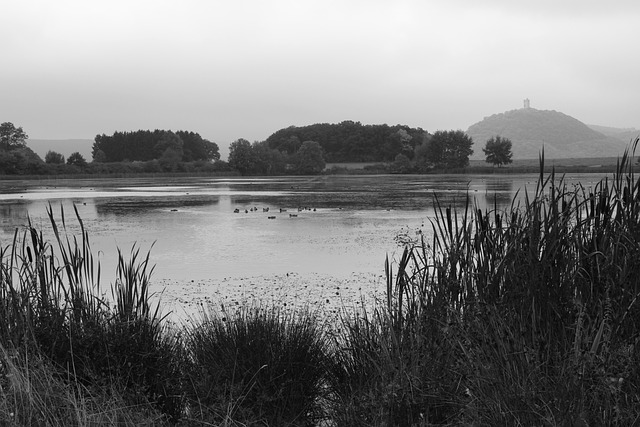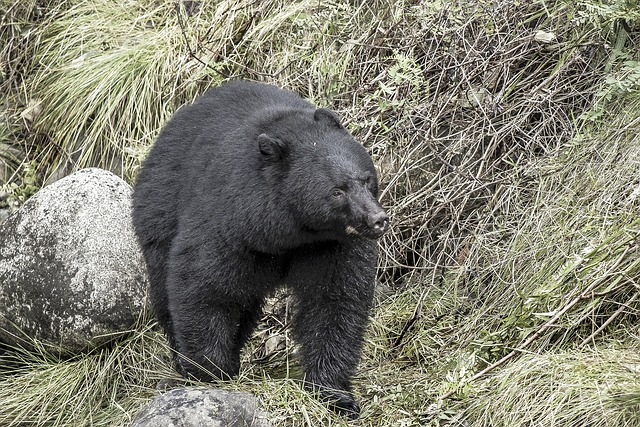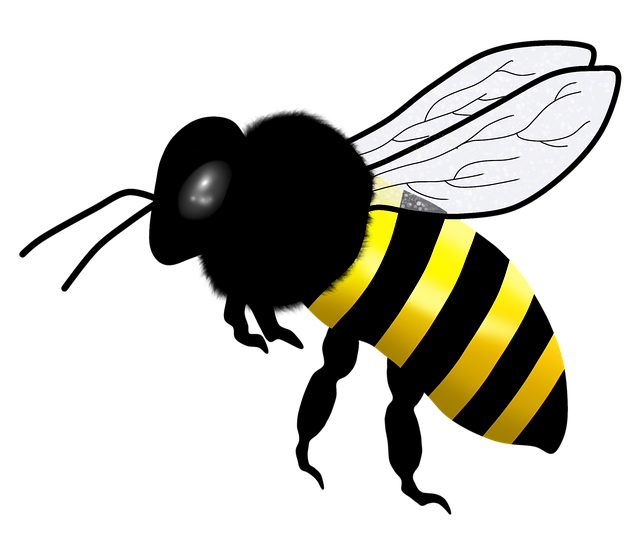bicho de pé doi ✌ Bicho de Pé: A Hidden Enemy in the World of Health
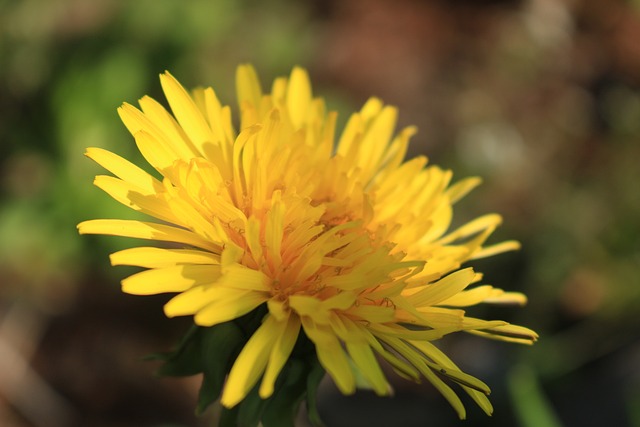
Bicho de Pé: A Hidden Enemy in the World of Health
In the sprawling tapestry of Brazilian folklore and natural beauty, few narratives evoke a sense of urgency and concern as the tale of bicho de pé. This tiny, yet formidable parasite, known scientifically as Tunga penetrans, has woven itself into the daily lives of many, particularly those who tread the lush, unprotected earth of rural regions. As we delve into the implications of this hidden enemy, we not only uncover facts about the parasite itself but also highlight the pressing need for awareness and education surrounding its impact on health.bicho de pé doi
The bicho de pé, or jigger flea, is a minuscule entity that resides in sandy soils, laying its eggs in the skin of its unsuspecting hosts. This seemingly innocuous flea can lead to severe consequences when it burrows into the skin, typically around the toes and feet. The initial sting may go unnoticed, but as it embeds itself, it begins to feed on blood and tissue, causing intense pain and discomfort. For many, this suffering is compounded by the stigma associated with the infestation, often leading to social isolation and mental anguish. bicho de pé doi
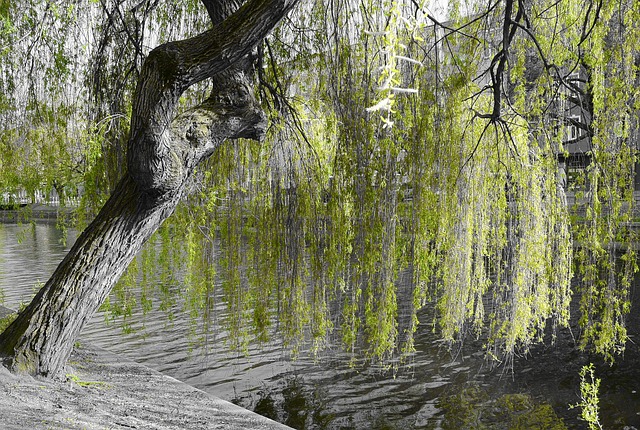
While the bicho de pé is a common occurrence in various tropical climates, its prevalence in certain regions of Brazil remains alarmingly high. The parasite does not discriminate; it affects people of all ages and backgrounds. However, the most vulnerable populations—those living in poverty—bear the brunt of its effects. With limited access to healthcare and education, these individuals often find themselves trapped in a cycle of pain and neglect. Herein lies the urgent need for a collective response, one that champions awareness, education, and empathy.bicho de pé doi
The symptoms associated with a bicho de pé infestation can escalate quickly if left untreated. Initial signs include localized swelling, redness, and itching. As the parasite continues to thrive, complications can arise, including secondary infections and, in severe cases, gangrene. This progression is particularly alarming in regions where access to medical care is scarce. For many, the journey to recovery is fraught with challenges, not only due to the physical toll of the infestation but also the emotional and psychological scars it can inflict.bicho de pé doi
Community health initiatives have begun to emerge in response to this growing concern. Grassroots organizations, health workers, and volunteers are stepping in to educate communities about prevention and treatment options. Awareness campaigns emphasize the importance of wearing closed shoes, maintaining proper foot hygiene, and seeking medical attention at the first signs of infestation. These efforts are crucial in dispelling the myths and stigma surrounding the bicho de pé, fostering a culture of understanding and support for those affected.bicho de pé doi
The stories of those who have faced the bicho de pé firsthand are poignant and powerful. Many recount the initial bewilderment upon discovering the source of their pain, followed by a desperate search for relief. The journey often leads them to local health clinics, where dedicated professionals work tirelessly to provide treatment and support. These encounters can be transformative, not only healing the body but also restoring dignity and hope to those who have suffered in silence.bicho de pé doi
Moreover, the role of local governments and health ministries cannot be understated in the battle against this pervasive issue. By investing in public health infrastructure, promoting access to healthcare, and implementing preventative measures, authorities can significantly reduce the incidence of bicho de pé infestations. Collaboration between various sectors—healthcare providers, educators, and community leaders—is essential to create a comprehensive approach that addresses both the immediate needs of affected individuals and the long-term solutions required to eradicate the problem.bicho de pé doi

As we reflect on the plight of those affected by bicho de pé, it becomes clear that this minor parasite harbors a profound impact on the lives of many. The narrative surrounding this issue is not merely one of suffering; it is also a story of resilience, community, and hope. With collective action, compassion, and a commitment to education, we can illuminate the shadows cast by this hidden enemy.
Let us remember that behind every statistic lies a human story, a life disrupted by an invisible adversary. By amplifying awareness and fostering understanding, we pave the way for a brighter future—one where the bicho de pé no longer holds power over our communities and where every individual can walk confidently, free from the pain of this ancient foe. Together, we can turn the tide against bicho de pé, ensuring that no one endures this suffering alone.
Fale conosco. Envie dúvidas, críticas ou sugestões para a nossa equipe através dos contatos abaixo:
Telefone: 0086-10-8805-0795
Email: portuguese@9099.com
